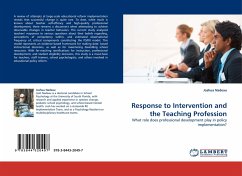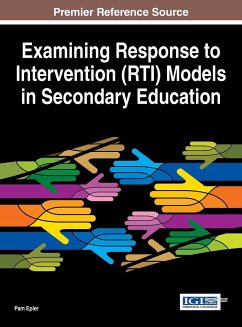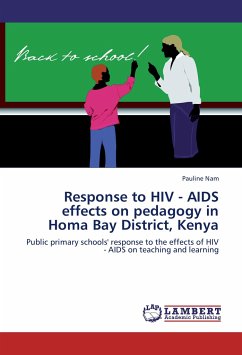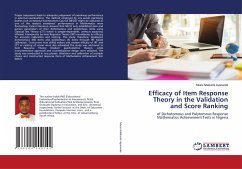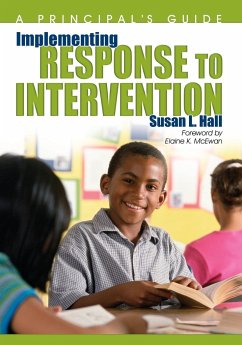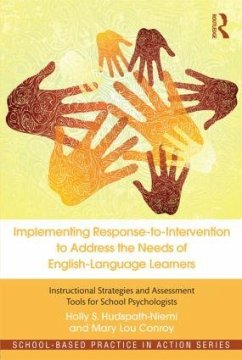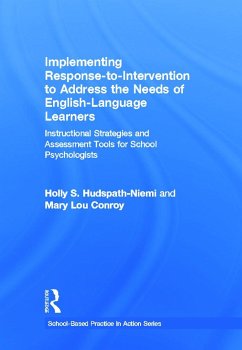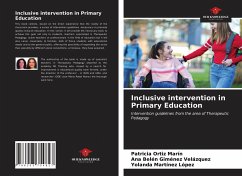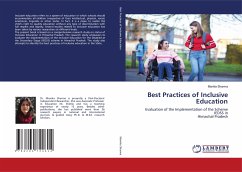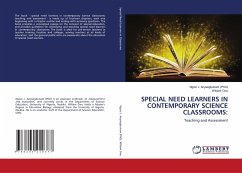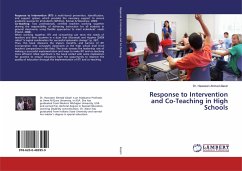
Response to Intervention and Co-Teaching in High Schools
Versandkostenfrei!
Versandfertig in 6-10 Tagen
51,99 €
inkl. MwSt.

PAYBACK Punkte
26 °P sammeln!
Response to Intervention (RTI) is multi-tiered prevention, identification, and support system, which provides the necessary support to ensure academic success for all students (Whitten, Esteves & Woodrow, 2009). Co-teaching: Two professionals, certified teachers working together sharing the responsibility of delivering instruction for all students in general classrooms, using flexible approaches to meet individuals' needs (Friend, 2008). When working together, RTI and co-teaching can serve the needs of teachers and their students in a duet that Murawski and Hughes (2009) called "a logical comb...
Response to Intervention (RTI) is multi-tiered prevention, identification, and support system, which provides the necessary support to ensure academic success for all students (Whitten, Esteves & Woodrow, 2009). Co-teaching: Two professionals, certified teachers working together sharing the responsibility of delivering instruction for all students in general classrooms, using flexible approaches to meet individuals' needs (Friend, 2008). When working together, RTI and co-teaching can serve the needs of teachers and their students in a duet that Murawski and Hughes (2009) called "a logical combination for successful systematic change" (p. 267). Thus, this book discovers the impact, benefits, and barriers of RTI incorporation into co-taught classrooms at the high school level from teachers' perspectives in the field. The book stresses the leadership role of making a successful implementation and ways to make RTI and co-teaching more efficient. Most significant is the book ended with some implications for practice to ensure educators have the opportunity to improve the quality of education through the implementation of RTI and co-teaching.



